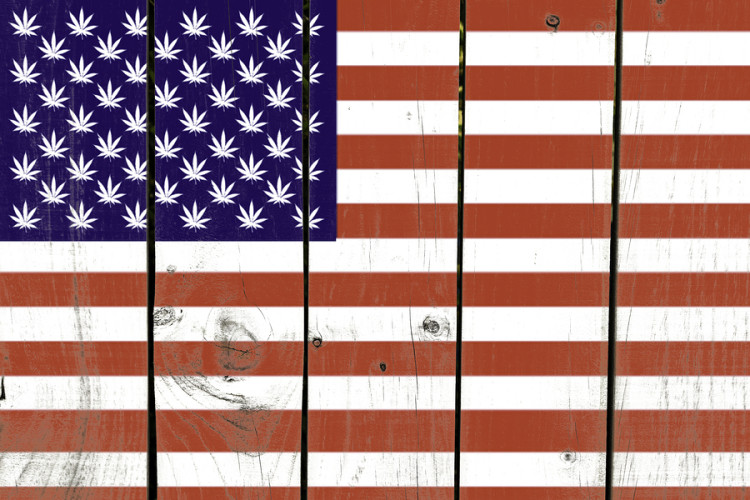As States Legalize Pot, Warnings Issued on Impaired Driving

(Bloomberg) —
U.S. transportation safety officials are sounding the alarm on drug-impaired driving, calling for state and federal regulators to do more to tackle the growing problem as states grapple with prescription drug abuse and adopt a more permissive stance on marijuana.
The National Transportation Safety Board on Tuesday called on the National Highway Traffic Safety Administration to write standards for devices allowing police to test drivers for drugs on the roadside and to give states additional guidance on how to combat drug-impaired driving.
The recommendations came out of the NTSB’s investigation of the 2017 crash in rural Texas that killed 13. The accident was caused by a pickup truck driver who was high on marijuana and an anti-anxiety medication and slammed head-on into a church bus, NTSB found. Video shot by another driver showed the pickup repeatedly veering onto the shoulder and across the double-yellow line for 15 minutes.
“When you use impairing substances, including alcohol, you do gamble, you gamble with lives,” said NTSB Chairman Robert Sumwalt. “And that’s what happened.”
While test results for drugs aren’t consistent across jurisdictions — an issue the NTSB is asking safety regulators to address — available evidence shows a substantial increase in drugged-driving deaths as opiate use soars and marijuana has become legal in multiple states.
Out of those drivers who died in accidents in 2006 and were tested for drugs, 30 percent were positive, according to NTSB. That number jumped to 46 percent in 2015. In random roadside testing, more than 22 percent of drivers showed evidence of drug use, according to NHTSA data.
“We really seem to have an epidemic here,” NTSB board member Bruce Landsberg said.
“The pick-up truck driver in this crash made terrible choices with tragic consequences,” Sumwalt said. “But the rising tide of drug-impaired driving did not begin with this driver, and it will not end with him. Law enforcement needs additional tools and advanced training to detect impaired drivers before they crash, regardless of the impairing drug they’re using.”
Police need better training on how to spot drivers who may be impaired and “oral fluid” drug tests that police can use after pulling people over, the NTSB found. The safety agency called on NHTSA, which helps oversee highway safety standards, to create specifications for such a test so it can be applied consistently across states.
NHTSA has been attempting to address the issue. Agency ad campaigns to discourage drunk-driving began addressing drug-impaired driving for the first time in August and the agency has held public meetings on the issue in Seattle, Baltimore and Nashville.
Deputy Administrator Heidi King said earlier this month that, while there’s no uniform national data on the true scope of drugged-driving, the evidence available shows it’s a growing problem. Roadside testing by NHTSA in recent years showed an uptick in drivers with substances in their system, such as marijuana, and a rise of mixing drugs with alcohol.
“There’s not one uniform completely robust collection of information yet, but all of the information supports the need for action,” King said.
To contact the reporters on this story: Ryan Beene in Washington at rbeene@bloomberg.net ;Alan Levin in Washington at alevin24@bloomberg.net To contact the editors responsible for this story: Jon Morgan at jmorgan97@bloomberg.net Elizabeth Wasserman
COPYRIGHT
© 2018 Bloomberg L.P



No Comment